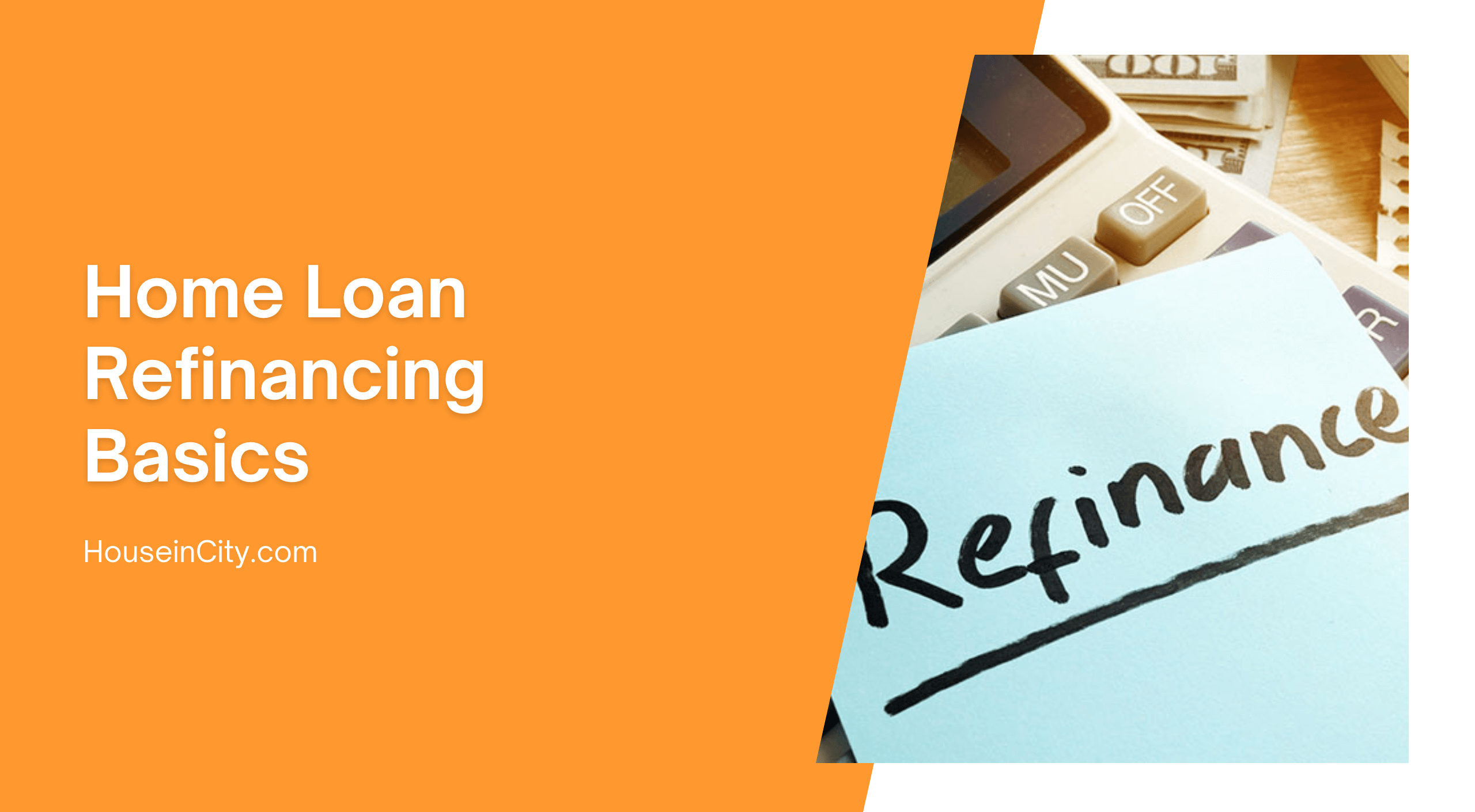There a lot of different reasons for a person to want to refinance their home loan. A change in financial situation might prompt a home loan refinance, as well as wanting to take advantage of low interest rates to save money over time. When someone refinances their home loan, it basically means that they take out a new loan to pay off the existing loan, and then make payments toward their new loan at a lower interest rate. When done under financial distress, home loan refinancing may be called “debt restructuring.” An owner may choose to refinance simply to take advantage of a new lower interest rate, to switch from an adjustable rate to a less risky fixed-rate loan, or to consolidate separate, like credit cards and a mortgage loan, into one.
A lot of homeowners may wonder when a good time to refinance their home loan would be. Aside from financial hardship, it’s also good to refinance when your financial situation improves, such as improved credit history, the value of your home rises, or you have an increase in income. As mentioned before, many homeowners choose to refinance to get the stability of a fixed rate mortgage, or when current interest rates are lower than the one you got your loan with.
When considering what loan to refinance your home loan with, there some factors to consider. First, as with your original mortgage loan, there are different types of refinance loans: 30-fixed, 15-year fixed, adjustable rate mortgages (ARMs), balloon, interest-only, and payment option loans.
The two fixed loans are self explanatory, in that the payments remain fixed during the term of the loan. ARMs tend to have a lower initial interest rate than a 30 year fixed loan and the interest rate changes according to market conditions. Balloon loans allow you to pay both interest and mortgage over a short period of time, and usually at the end of the term you can convert to a long term fixed loan or refinance.
Interest-only loans are when you only pay interest on a loan over a short period, usually 3 to 7 years, and are best when you expect your financial situation to change in the future or are not planning to keep the property for long. A payment option loan is a loan that allows you to pay a different amount each month and work for people who don’t have a steady income each month. Each of these loans has different terms and it’s up to you to choose which one will work best for you.
